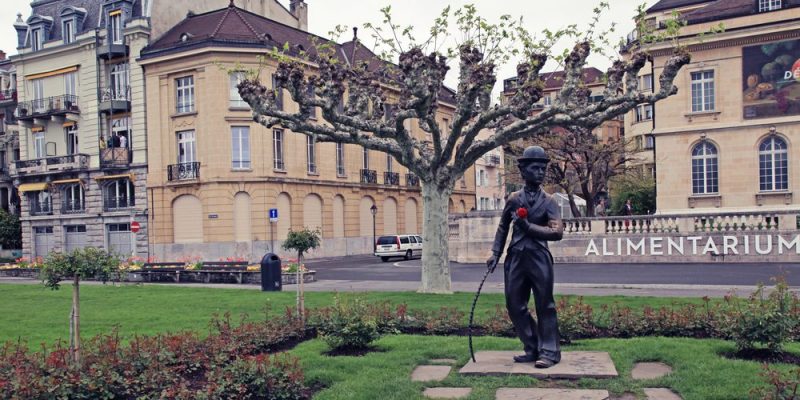We explain what comedy is and what was the origin of this wonderful dramatic genre. Also, the types of comedy that exist and examples.

What is comedy?
Comedy is called one of the oldest dramatic genres, opposed in its theme to tragedy, that is, characterized by plots and narratives that evoke laughter and have a happy ending. As described by the Greek philosopher Aristotle in his Poetics (6th century BC), the comedy consists of a representation of men as worse than they really are, which makes it possible for spectators to make fun of them, even when they are powerful figures in real life.
The ancient Greeks cultivated it as one of the two peak forms of drama, associating it with the bucolic and pastoral muse named Thalía, who together with Melpomene (muse of tragedy) were the inspirations of theater. Since then, these two arts have been represented through two masks: one smiling and the other crying, associating them with two perspectives on life: the optimistic and the pessimistic.
Comedy, unlike tragedy, He is not concerned with exalting or solemnly addressing his characters but chooses them from the masses and subjects them not to a fatal destiny, but to the rigors of chance. Hence, in many types of comedy (such as comedy), the characters escape difficult or embarrassing situations by pure chance.
However, this absence of a destiny drawn by the gods in comedy also entails an important notion of human freedom since everyone can pursue their own future at will in their works, which opens the way for nonsense, coincidence, surprise, changes of rhythm and other frequent resources in the narrative structure of the genre.
See also: Baroque
Origin of comedy

Comedy, like tragedy, It has its origin as a genre in Ancient Greece (1200 – 146 BC), as an artistic evolution of the primitive songs in honor of Dionysus, derived from the dithyramb, a Greek composition associated with satire and mime. The splendor of Greek comedy took place with Aristophanes (444-385 BC), whose heritage was transmitted to Roman culture by the Greek comedian Menander in the 4th century.
From there it would pass to medieval European culture, where it would form an important part of popular traditions, not at all similar to the religious and censored art of the time, being rather grotesque and very much in contact with the body. There would be generated later comic artistic phenomena such as the Comedy dell'Arte or the theater of the Spanish Golden Age (Lope de Vega, Tirso de Molina, Calderón de la Barca, mainly).
The comedy It would later be an important genre of the contemporary artistic imagination especially in nineteenth-century theater and in the beginnings of cinema, with legendary characters such as Charles Chaplin's Charlot or Mario Moreno's Cantinflas.
Types of comedy

There are various classifications of comedy, depending on the type of plot and characters it shows. Some examples are:
- Old comedy This is how the work of the great comedians of antiquity is known, such as Aristophanes, Cratés or Cratinos, inventors of the genre.
- Comedy of entanglements Also called “situation”, it consists of the random and crazy mixture of two or more stories that converge unintentionally and give rise to misunderstandings.
- physical comedy. Call in English slapstickis the comedy with an important physical or acting component, that is, in which the actors suffer physical accidents: falls, blows, etc.
- Pastoral or pastoral comedy. Dedicated to the bucolic life in the countryside, with loves between shepherd boys or peasants.
- satirical comedy. That which ridicules certain institutions or individuals, highlighting their defects and mocking the powerful.
- magic comedy. Also known as apparatus comedy, it has the presence of all kinds of magical beings and animals that require special situations and effects (tramoya).
- musical comedy. Where the characters not only act, but sing and dance.
Examples of comedy
Some of the most recognized comedies are:
- Lysistrata, The clouds and the frogs of Aristophanes.
- The imaginary patient by Molière.
- The pot by Plautus.
- The condemned for being distrustful and The mocker of Seville by Tirso de Molina.
- The importance of being called Ernesto by Oscar Wilde.
- The great dictator by Charles Chaplin.
- The little father, The sweeper, There is the detail by Mario Moreno “Cantinflas”.





